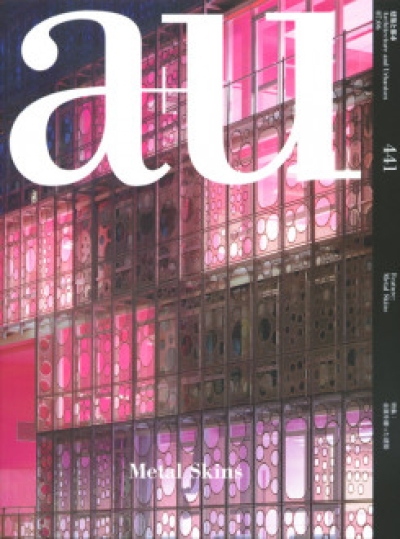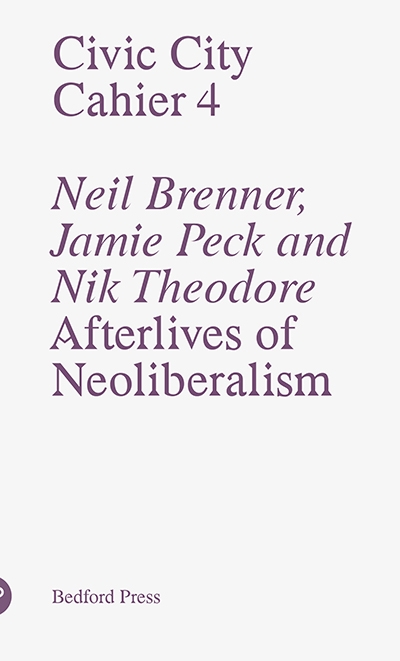
Sehen in Bewegung: Deutsche Erstausgabe von Vision in Motion, Edition Bauhaus 39
»Vision in Motion«, das letzte Buch von László Moholy-Nagy erschien 1947 ein Jahr nach seinem Tod in Chicago. Es stellt eine Erweiterung der legendären Publikation The New Vision dar, die 1938 herauskam und sich auf die Lehrmethoden des Bauhauses in Dessau bezieht. »Vision in Motion« entstand am Institute for Design in Chicago, und es gewährt Einblick in die Arbeit des Instituts, das Moholy-Nagy leitete. Fu r sein Buch benutzt er einen interdisziplinären Ansatz, bei dem er mit beispielhaften Bildern und eigenen Texten die Wechselbeziehung von Kunst und Technologie erläutert. »Vision in Motion« liest sich heute wie eine Seh-Schule der ersten Hälfte des 20. Jahrhunderts, darin sind alle ku nstlerischen Verfahren zu finden, die den Film, die Fotografie, die Malerei, die Literatur, aber auch die Wissenschaften geprägt haben. Nach 65 Jahren erscheint László Moholy-Nagys wegweisendes Werk nun erstmals auf Deutsch.
“Vision in Motion”, László Moholy-Nagy’s last book, was published posthumously in 1947, one year after his death in Chicago. It consists of an extension of the legendary publication “The New Vision” which appeared in 1938 and that relates to the educational methods of the Dessau Bauhaus. “Vision in Motion” was produced at the Institute for Design in Chicago and offers insights into the institution’s work, led by Moholy-Nagy. In his book he employs an interdisciplinary approach, elucidating the interrelation between art and technology in exemplary images and his own texts. Today, “Vision in Motion” reads like a school of vision for the entire first half of the 20th century, influencing film, photography, painting, literature, but also the sciences. After 65 years, László Moholy-Nagy’s seminal work is published in German for the first time.
22.6 x 28.6 cm, 376 Seiten, Deutsch, zahlreiche s/w und Farbabbildungen, fadengehefteter Festeinband / 22.6 x 28.6 cm, 376 pp., German, numerous black-white and colour illustrations, thread-sewn hard

































































































